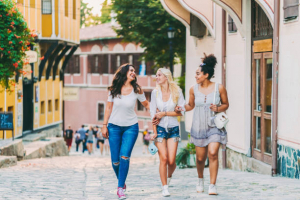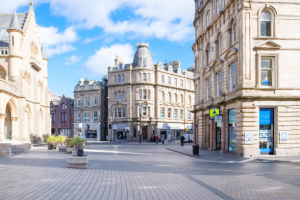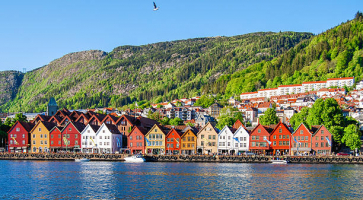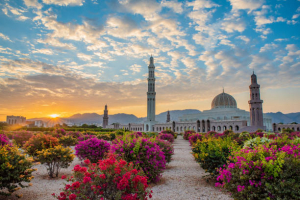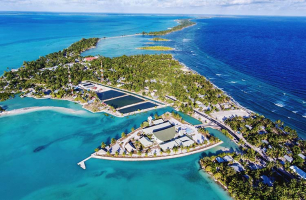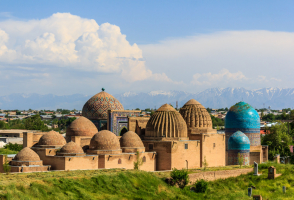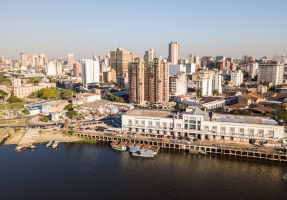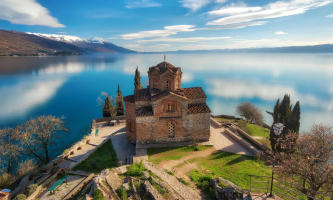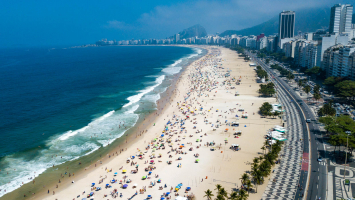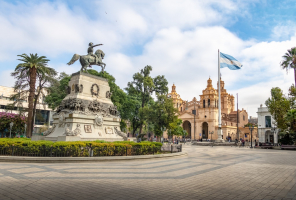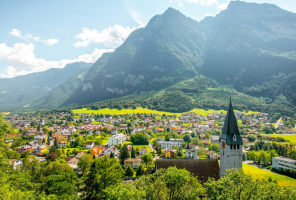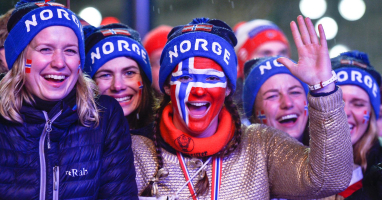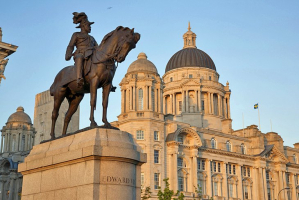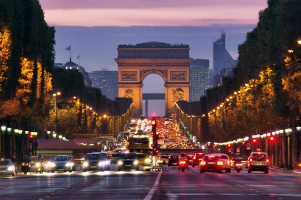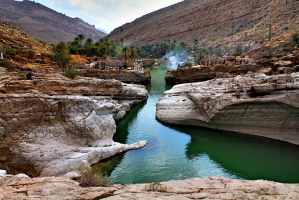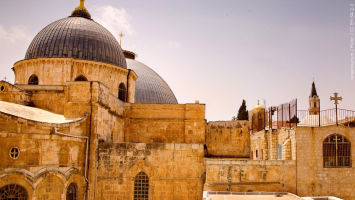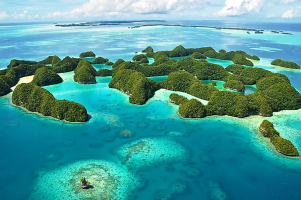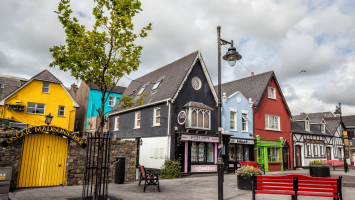Top 10 Reasons to Visit Moldova
The Republic of Moldova is the destination for you if you enjoy wine, history, and a variety of festivals and holidays. What region is Moldova in? On the map, ... read more...Moldova is a small, welcoming nation that is situated in Southeast Europe. Even though Moldova is a lesser-known and less-visited country in Europe, skipping a trip there would be a mistake because the region is home to stunning scenery, friendly Moldovans, delectable cuisine, and historic sites. Here are the top reasons to visit Moldova that can persuade you if you haven't given the idea much thought in the past.
-
It is safe to say that Moldovan winemaking is a remarkable sight, and a visit to a wine cellar will leave you with special recollections. Only in this nation will you be able to find wine cellars that are included in the Guinness Book of Records for having the largest collection of wines on Earth, two different production processes, and 500 different grape varieties. These vaults have a 7000-year history of winemaking. There are a number of wineries with international recognition, including as Cricova, Purcari, Chateau Vartely, and Asconi, which have become Moldova's calling cards. You can go on tours, learn about winemaking, tour historic wine cellars, and sample wine from 100 years ago for each of them.
The underground city of Cricova, which is 120 kilometers long, has streets named after well-known wines, and journeys there are made in distinctive electric vehicles. End-of-the-XIXth-century Chateau Purcari wines participated in and won gold at international exhibitions held in France. Try the ice-wain Purcari from the figure if you want to experience paradise on earth and find an answer to the question, "What to see in Moldova?" The Chateau Vartely winery will reveal a vast winery complex with vineyard slopes in front of you, giving you the impression that you are in Switzerland. The newest Asconi company exports ice wine, roses, and white wines.
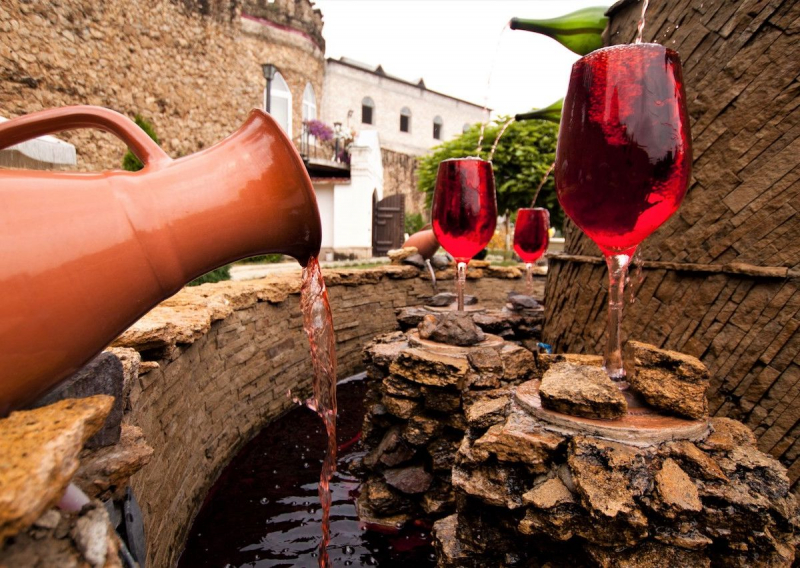
matadornetwork.com 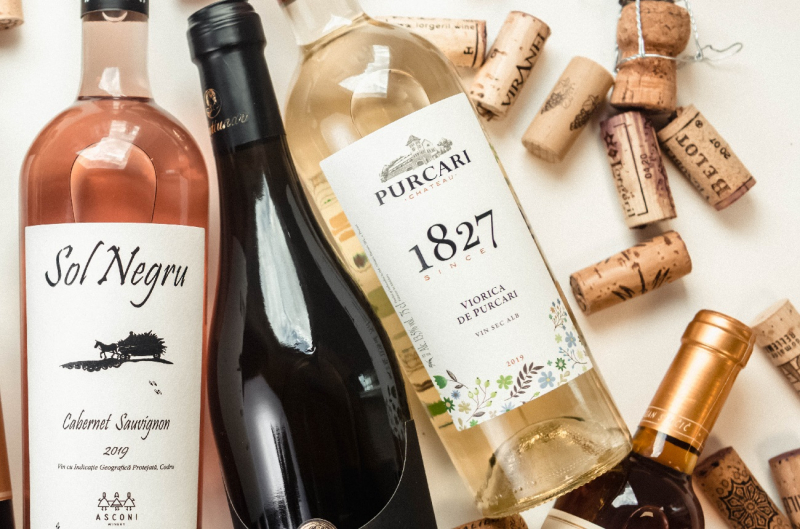
decanter.com -
Traveling to Moldova and not learning about its historical past would be incredibly unfair. This can be accomplished by being familiar with the region's medieval fortifications, which date back to 1353, the year the Moldovan Principality first existed, as well as other historical sites. One of Moldova's most significant historical fortifications, Soroca Fortress is situated on the Dniester River's bank and hosts yearly medieval celebrations. The Bender Fortress, which was constructed in accordance with the Turkish architect's design and serves as the nation's emblem, is another well-known structure. The Eiffel Bridge, which links the two Prut River banks where Moldova and Romania are situated, is another wonder of architecture.
The Old Orhei, a historical site where remnants of various civilizations have been discovered, is among the locations that are worth visiting. Visit Butuceni village, which has preserved folk architecture, if you enjoy visiting old settlements and outdoor museums. There are also homes that are typical of Moldovan villages, and you may look at the old village homes and cellars to get a sense of the community. One of the oldest rock monasteries in Europe is found in Moldova, where a number of monasteries are situated between historic forests and river banks. This area is known as "Paradise Corner" since they are all gathered in such a tiny area.
Make sure to stop by the Church Monastery on the way back from Orhei. The structures, including St. Dmitry's Church and the Church of the Nativity of the Blessed Virgin Mary, are important landmarks in the nation. Travelers to Moldova are frequently drawn to Tiraspol, the capital of the unrecognized Transnistrian republic, where the Soviet era seems to have been suspended. The Soldanesti bunker, one of the largest in the former Soviet Union and a 13-floor underground structure, could be another intriguing stop on your itinerary.
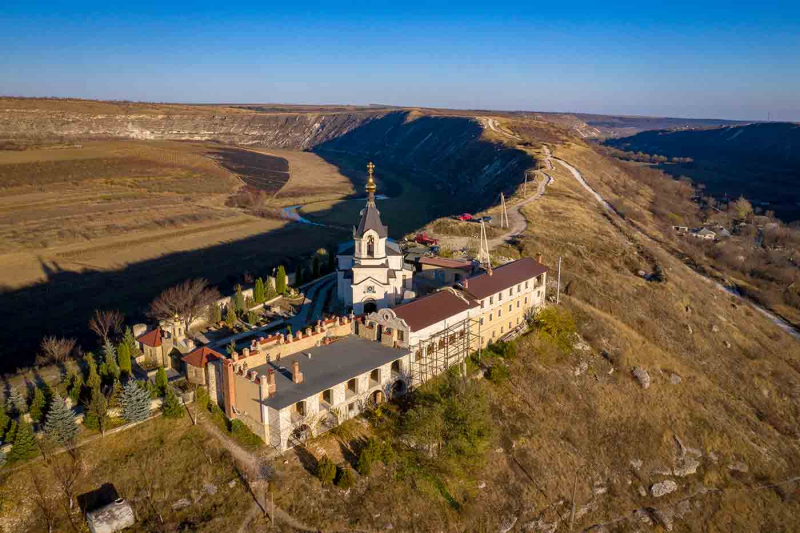
wideworldtrips.com 
saveatrain.com -
The Republic of Moldova is most intriguing during the days of celebrations and events, the majority of which are, of course, related to wine. For instance, National Wine Day is solemnly observed on the first weekend in October, and it takes place in the Chisinau Square of the Great National Assembly when winemakers from all over Moldova display the fruits of their labor. One of the top 3 autumnal festivals in the CIS is Wine Day.
The yearly Underland Wine & Music Fest in Cricova, which is one of a kind in the world, is another fantastic occasion held here. Masterclasses, tastings, show programs, and a variety of other events are all part of the festival schedule. The spring (or summer) sweet festival Mai Dulce, the summer fruit festival, pottery festivals, the summer festivals of folk traditions (Ia mania), the autumn pumpkin festival Bostaniada, and other celebrations are also well-known in Moldova. These are just two of the most well-known festivals in Moldova. Cricova hosts the festival.
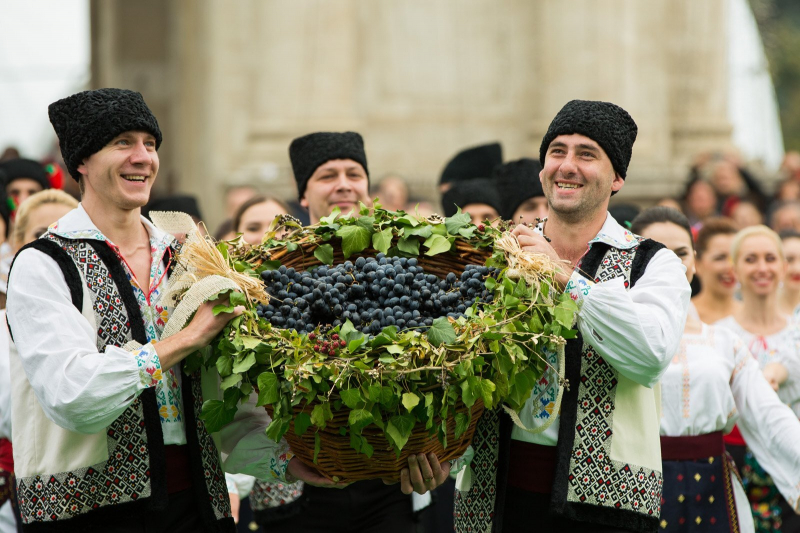
twitter.com 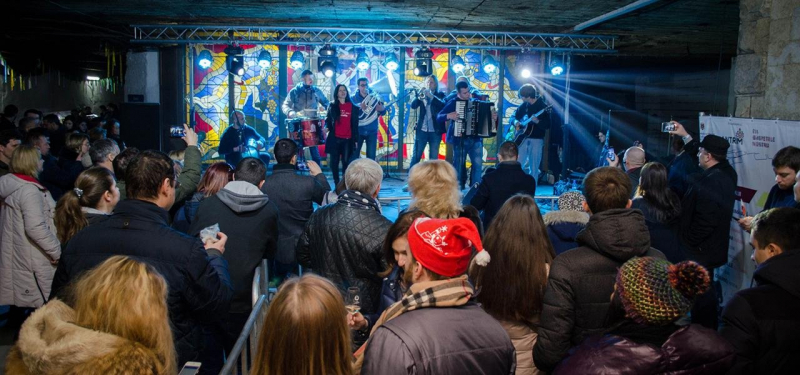
madein.md -
The reserves are among Moldova's most beautiful natural features. This is one of the reasons to visit Moldova. The country's largest water reservoir and relic Lake Belleau, which is open to tourists in all of its singular splendor, is a lovely location. Here is the Lower Prut Reserve, which is a part of the UNESCO World Heritage List. The lake is a wonderful location for birdwatching as well, and you'll be pleasantly surprised by the diversity of birds you see there.
Be sure to visit the "Padurea Domneasca" reserve if you have an interest in large bison and noble deer. The Prut River and the Valley of Sta Sta Hills are both nearby. The location is special because it is made up entirely of tiny, perfectly shaped hills, which creates a picturesque landscape that can be shared on Instagram. "Yagorlyk," "Caul Park," and "Rud-Arionesti" are possible additional protected areas that merit attention. The Republic of Moldova stands out for having distinctive natural formations known as Toltri, which date back 10–20 million years and are models of the Sarmatian Sea's reef formations.
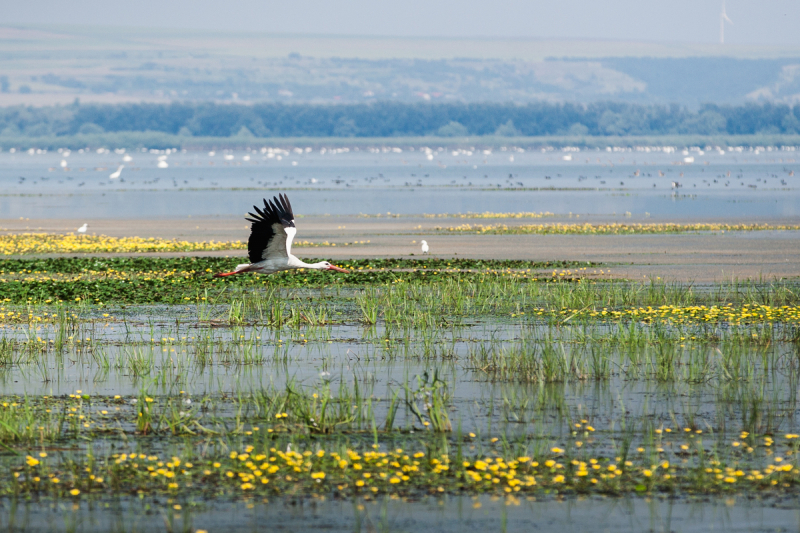
toursinmoldova.tatrabis.md 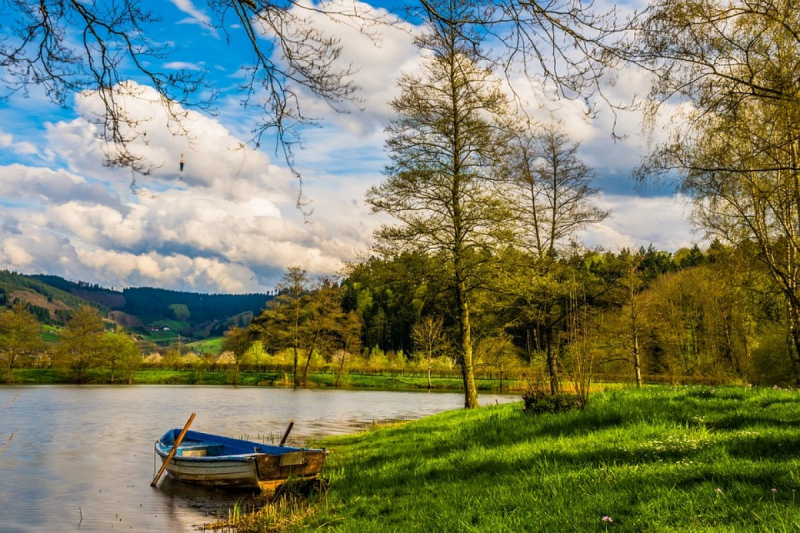
himoldova.md -
Do you have any questions about obtaining a visa to visit Moldova? Let's say you're a citizen of the USA, Israel, Canada, Switzerland, Turkey, New Zealand, Malaysia, Singapore, or one of the post-Soviet states or an EU nation. In that situation, a visa is not required for travel to Moldova. All you need is a plane ticket, lodging, health insurance, and a passport, of course. If you've never been to Hollywood but would like to go there but don't have the chance, you may consider traveling to Moldova as an affordable means of fulfilling your dreams.
The view is obviously different from Los Angeles, but the village of Coscalia will choose single-story America over Los Angeles because there are no skyscrapers or traffic jams there. The final interesting fact is that in Moldova, you are allowed to contest the law of gravitation. The law of gravitation does not apply in the city of Causeni, specifically. The asphalt will flow up, not down, if you try to pour water on it.
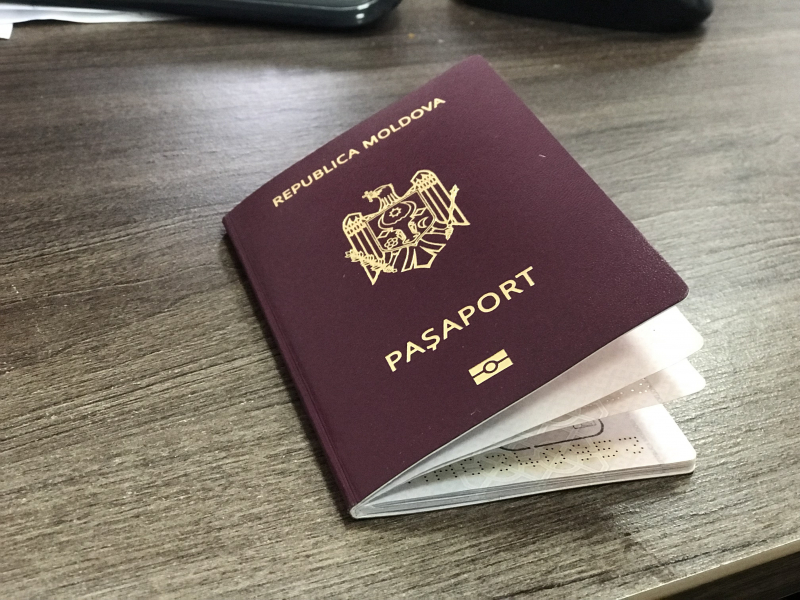
europe-in-sight.eu 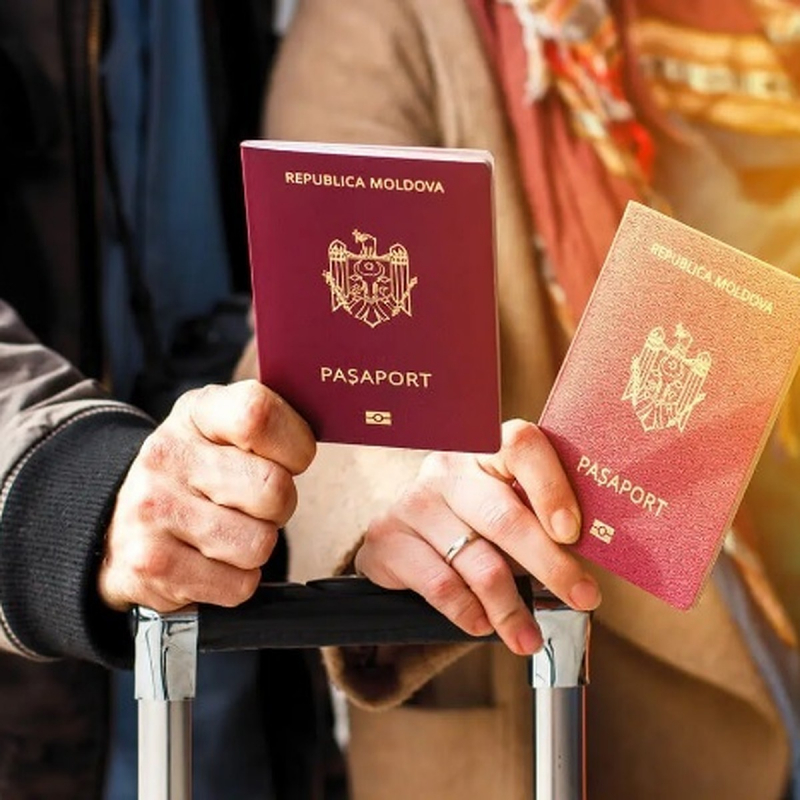
kp.md -
Traditional Moldovan cuisine is renowned for its broad variety of dishes and mouthwatering flavor. It did so because it was shaped by the cultures of the various peoples who have inhabited this land over the ages, including the Ukrainians, Russians, Greeks, Jews, Germans, and others. Brynza, a dairy product that resembles cheese, polenta (also known as "mamaliga," a mash made from corn flour), and dishes made from vegetables, fruits, and meat are among Moldovans' favorite foods. The Moldovan cuisine, of course, places a specific emphasis on wine. Since the 17th century, when sheep breeding was particularly prevalent, goat cheese known as brynza has been made in Moldova. In order to prepare various dishes of national cuisine, brynza is used. It is additionally offered as an appetizer.
Polenta is another dish that is as well-known in Moldova ("mamaliga"). With brynza, milk, red-beet soup, salted fish, and cracklings, it is formed with fully cooked corn flour. Moldova first saw corn over 200 years ago. Initially, it was used to prepare meals for the underprivileged, but it is currently utilized to prepare a variety of foods (soups, side dishes). Additionally, Moldovan cuisine uses a variety of spices, including pepper, savory, cloves, and tarragon. Celery and onions are frequently served separately. Also highly popular is garlic. In Moldova, "mujdei" and "scordoli" are two common varieties of garlic sauce, and garlic is also included in practically all meat and vegetable dishes.
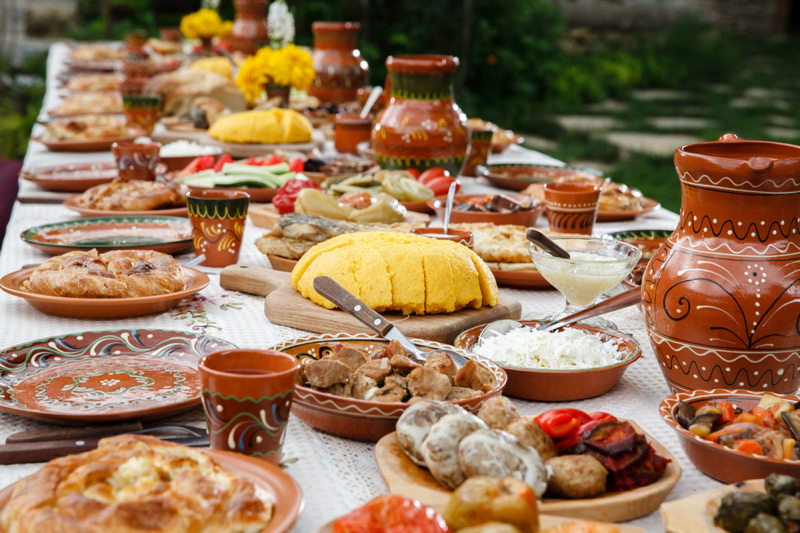
moldova.solei.md 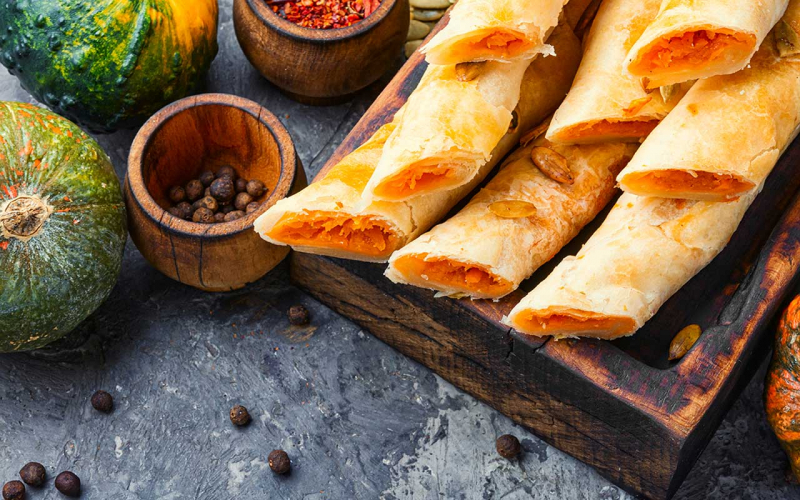
nomadparadise.com -
Despite being the least visited country in Europe, Moldova has a wide variety of activities for a low-cost vacation. In addition, it is one of the least costly countries in Europe, with affordable costs for everything from lodging and food to travel and souvenirs. A ride in a cab costs between three and four euros in the capital city, but a scoop of excellent gelato just one euro (even at the airport!). These prices are unmatched in Europe! This is definitely one of the reasons to visit Moldova.
Moldova is the best option if you're looking for a vacation spot where your money will go further. The cost of transportation and museum and gallery admission is incredibly low. While hotels in the city center are slightly more expensive, lodging outside the city center may be had for as little as €5 per night in hostels and hotels. Therefore, you now know where you may do it for sure if you really want to get the most of your vacation budget.
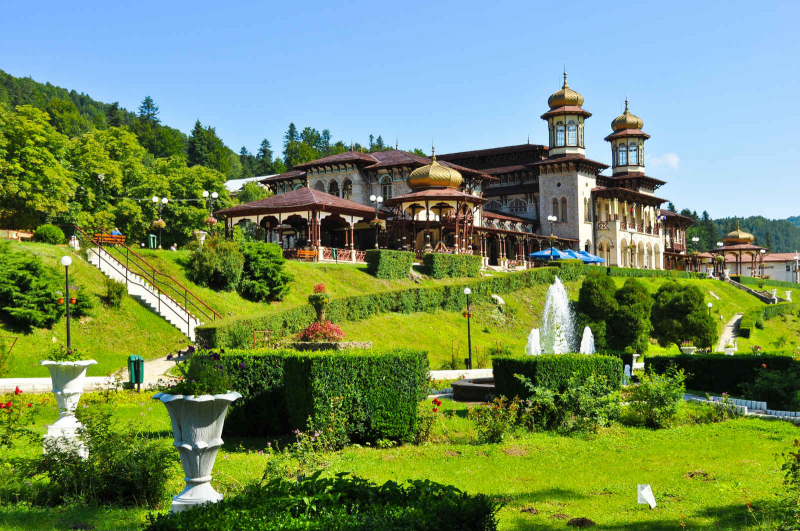
iexplore.com 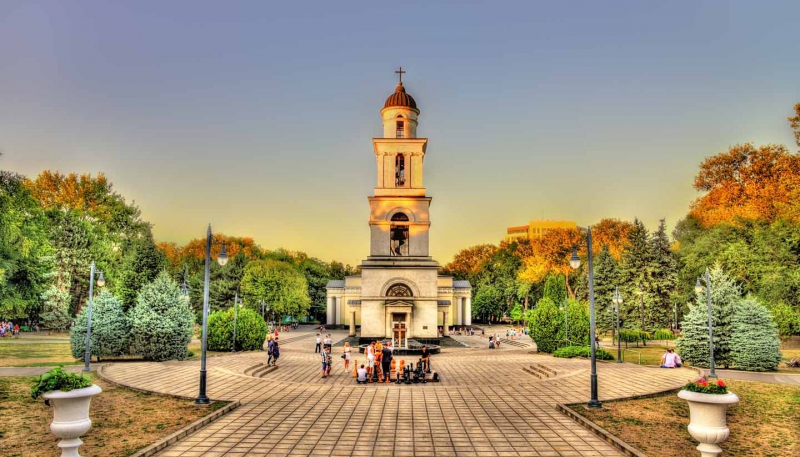
worldtravelguide.net -
The main reason Moldova is so well-known is for its thriving nightlife, which is home to a wide variety of nightclubs and clubs. People who want to take advantage of vibrant nightlife should visit the Republic of Moldova. You can have the time of your life in any one of the many bars, clubs, and pubs found here. The high-quality beverages served by the bars are the nicest part of Moldovan nights. You must try Moldovan wine if you visit the country. Create lasting memories of your journey by experiencing Moldova's nightlife. Visiting the locations listed below is a necessity if you find yourself beneath the Moldovan sky.
It could be difficult for you to choose the ideal spots amid the abundance of bars and nightclubs in Moldova. You may fully take advantage of Moldova's nightlife by visiting these locations. You may also search online for exciting Moldova nightlife advice to make the most of your time there.

roughguides.com 
voyages-moldavie.com -
You will undoubtedly encounter and have the chance to immerse yourself in Moldova's cultural heritage and traditions in several locations. At the same time, you traverse the country of Moldova, both in rural areas and in the capital city of Chisinau. You'll find welcoming locals everywhere who are eager to share stories about Moldovan history and customs with you so that you immediately feel at home and like a true guest. Also, remember that tradition and the past are only a small part of Moldova's true culture. Street art and graffiti, design, and fashion, as well as a strong co-working and tech environment, are all part of the thriving modern culture and contemporary art scene. The culture of Moldova now values the truthfulness of its past and present.
Moldovan folk dance is one of the most remarkable features of Moldovan culture. Due to the variety of performances, choreography, and tempo range, Moldovan folk dances gained recognition and appreciation both domestically and abroad. Folk dances are a great way for people to understand more about the Moldovans. In this manner, they might acquire a sense of the sentiments, culture, and values that the people of Moldova treasure. Traditional folk dances from Moldova are a significant intangible component of the country's cultural heritage. The events that occurred in Moldovan life could be used to divide the folk dances into a number of groups. Various natural phenomena, life events, and dances that display the bravery, courage, and dignity of people could all be discussed here.
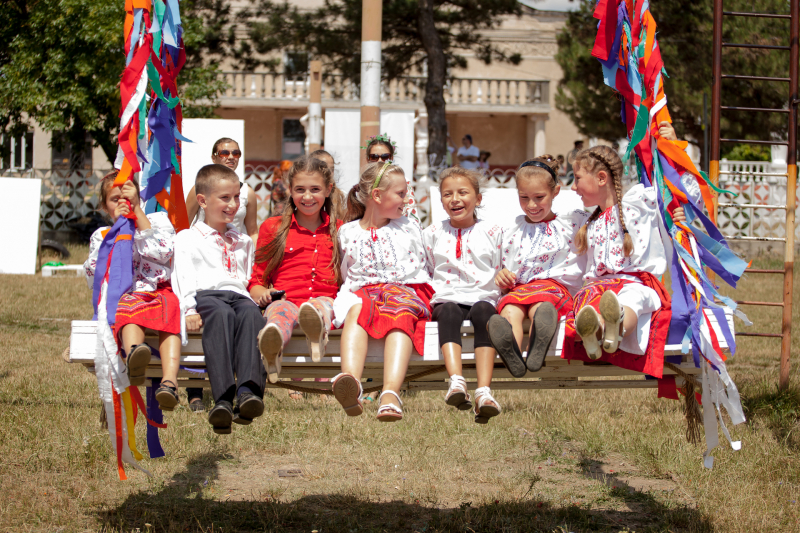
moldova.travel 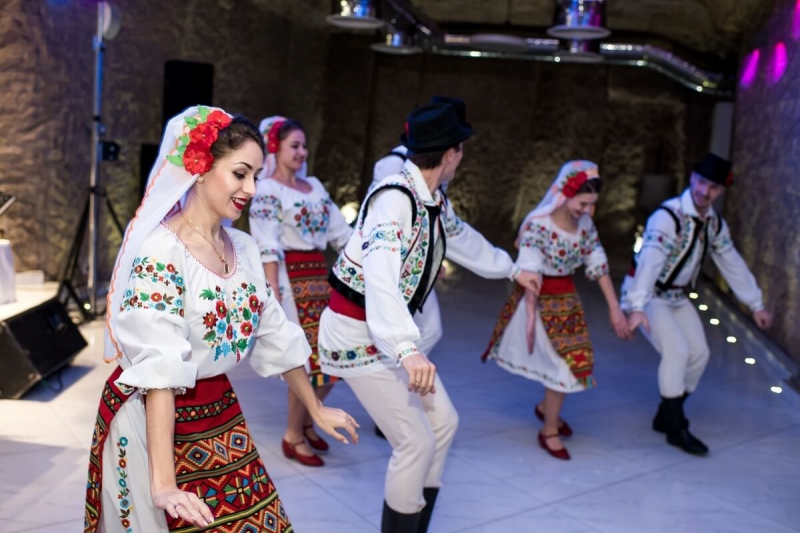
guidedtours.one -
There are many ways to take in the beauty of Moldovan landscapes, but the daring sport of rock climbing stands out. When you join an adventure, your expert teachers will teach you the necessary fundamental skills and provide you with a wealth of helpful tips. Numerous locations are suitable for practicing rock climbing. The Butuceni rocks and Balanesti hills, commonly referred to as the Moldovan Mountains, are the most well-known. The final stop of the excursion could be a delicious meal at one of the rural guesthouses. Rock climbing is a sort of recreation that combines all the components to create a wonderful escape outside the city. If you are drawn to adventure, don't be afraid to explore Moldova's highest spots and create lifelong experiences.
Orheiul Vechi offers six tourist trails for bird watching, hiking, and cycling in its reservation area for individuals who find it impossible to relax even while on vacation. The courses range in complexity from 4 to 23 kilometers, depending on their length. One could stroll or ride a bike while seeing the River Răut's lovely combs. Visits to nearby tourist attractions and learning to cook at Orheiul Vechi's rural guesthouses could make the experience even more intriguing.
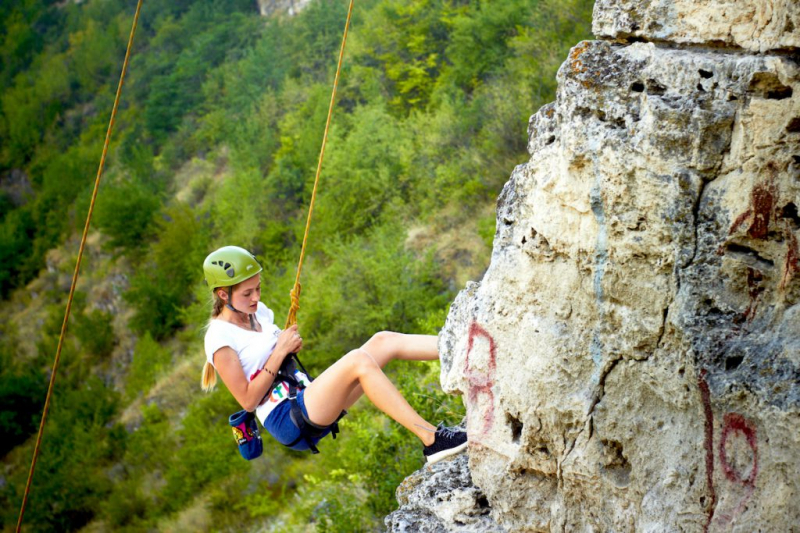
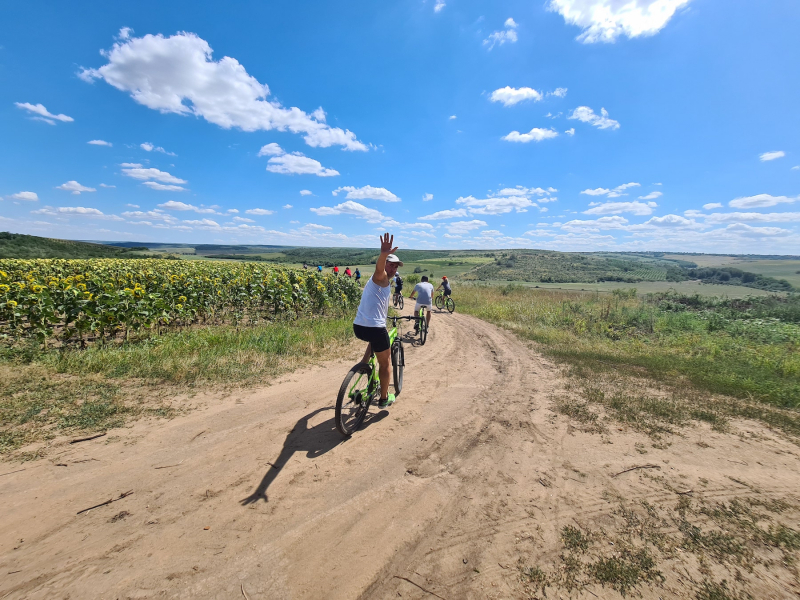
moldova.travel












